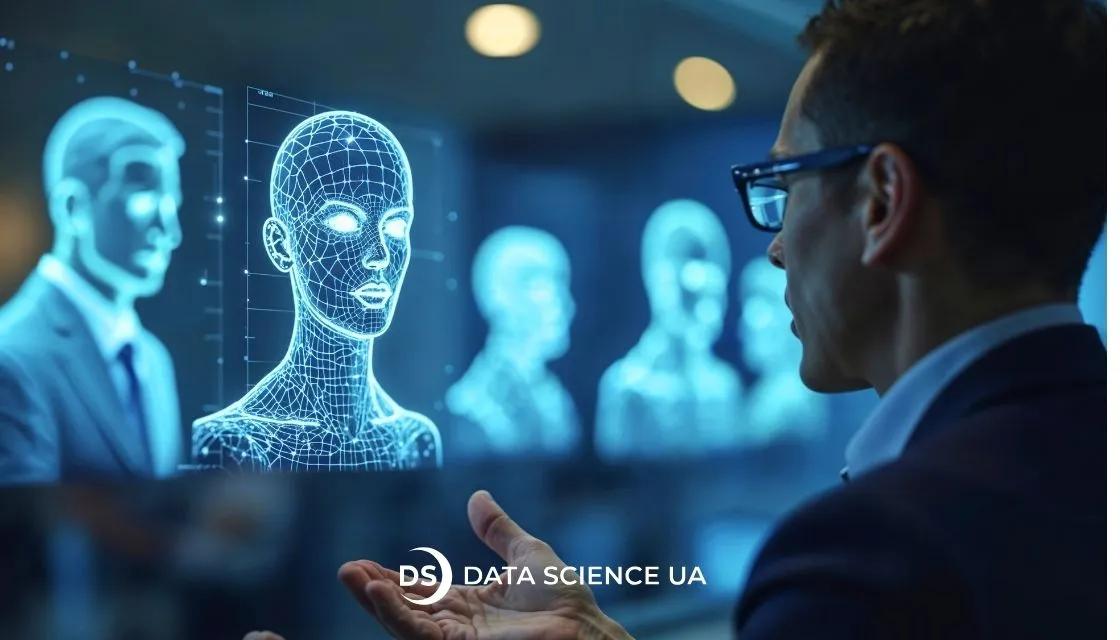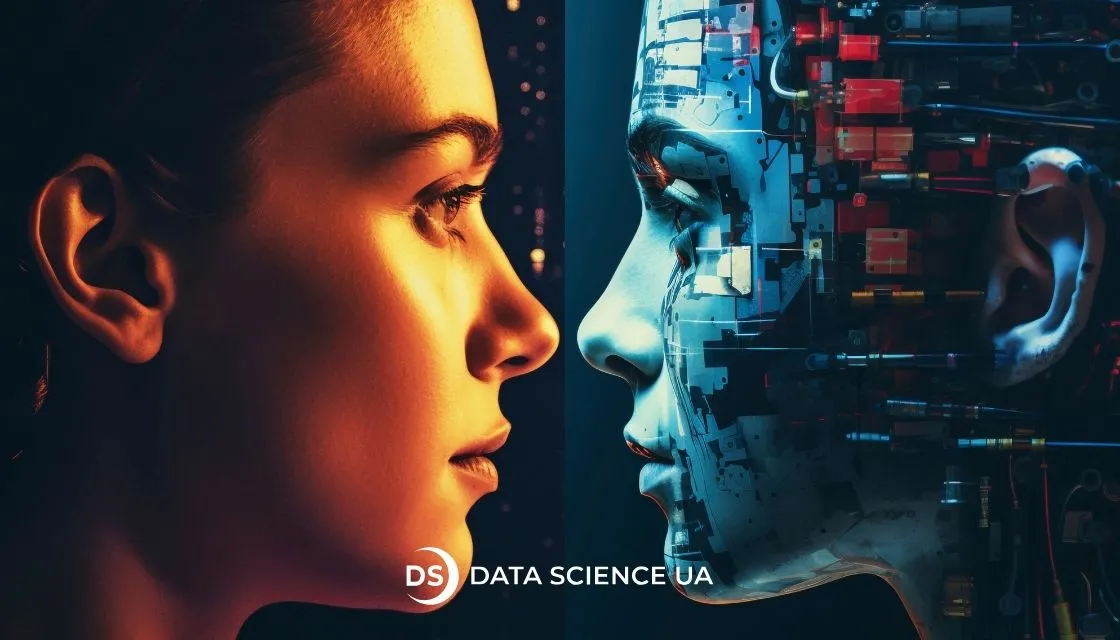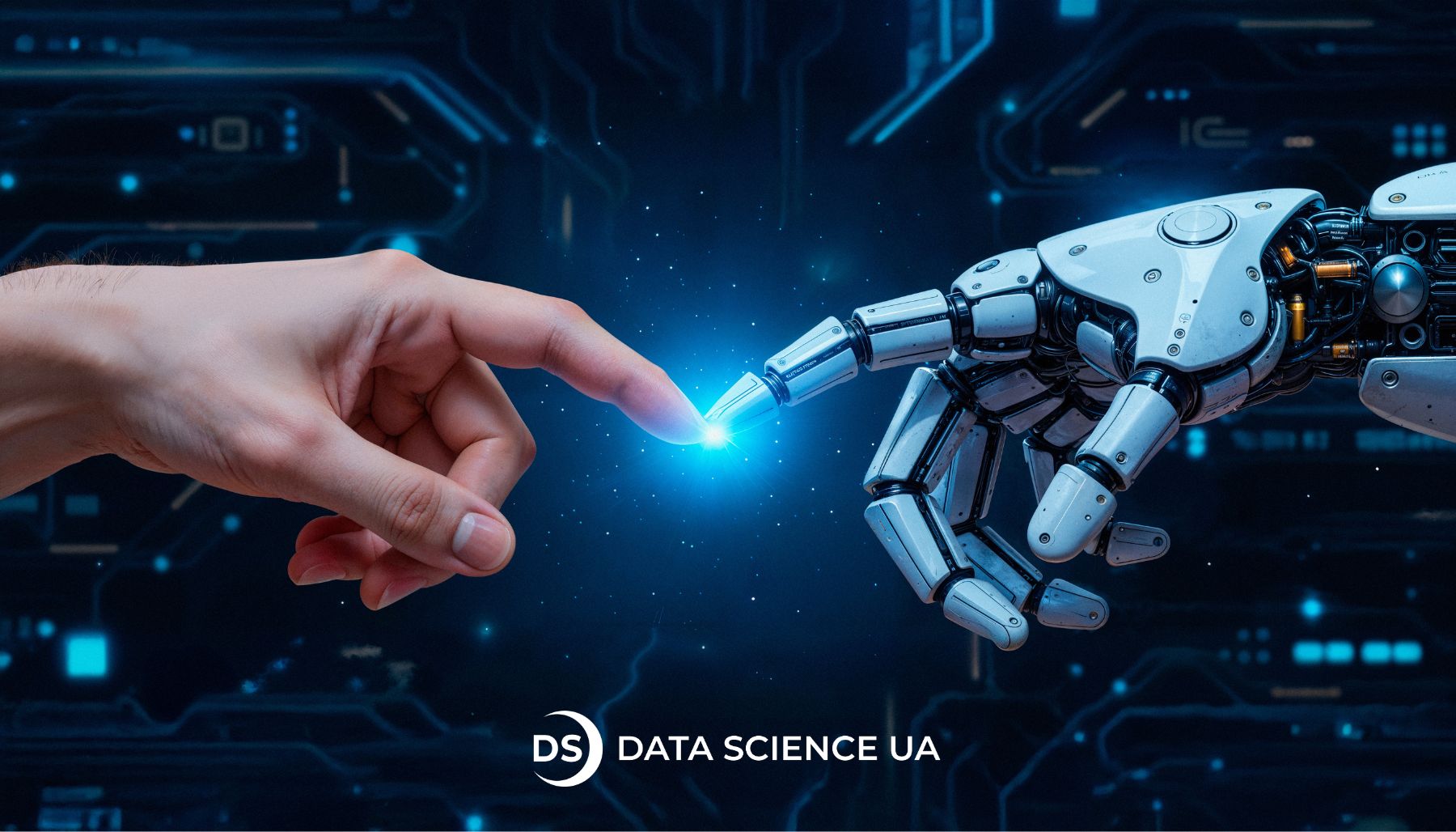Future of Machine Learning – what lies ahead
The field of machine learning is one of the fastest-growing. By the way, it involves both challenges and opportunities for business and individuals. If we think about the future of machine learning, it’s important to have an idea of what machine learning really is, how it grows, new ideas, and what it means for different industries. So, why machine learning is the future – let’s break it down!
Machine Learning, Artificial Intelligence, and Deep Learning: key differences
Some terminologies are similar yet highly interlinked within the insight: machine learning, artificial intelligence, and deep learning. Usually confused with one another, the terms actually represent different things within data science. Artificial Intelligence is the development of computer systems that can perform tasks that typically require human intelligence, such as logical reasoning, decision-making, and problem-solving. Machine learning is a subset of AI, basically dealing with developing algorithms that allow computers to learn from data to make predictions. Deep learning, on the other hand, is a subdomain in machine learning. It consists of many-layered neural networks that dive into the investigation of different kinds of data; in this way, it comprehends data in more detailed ways. It will help recognize images and speech and understand human languages.
Companies that benefit from such technologies could invest in ML development services to acquire the right skills and automate individual company processes, which would help offer efficient machine learning solutions. It will be useful to keep them competitive in an ever-growing data-driven world.

Learn more about our annotation services.
The growth and development of Machine Learning
The future of machine learning will continue to grow exponentially from what it was a decade ago. From its humble beginnings in academia, it has been thrust into the heart of business strategy for sectors of all kinds. Today’s growth is powered by increased computing power, an abundance of data, and better algorithms that help businesses get insight and automation like never before.
Powerful examples of companies using Machine Learning
Let’s talk about the future applications of machine learning. For many years, a wide range of leading companies have taken up machine learning to improve the efficiency of their operations. For instance, Google deploys machine learning algorithms on its search engine to make the searches more relevant, employing natural language processing to make out user intent more clearly. Similarly, Amazon uses machine learning for its recommendation engine: it processes customer behavior to suggest just the right products for individual customers, something that greatly increases sales.
Another prime example is Netflix, which uses machine learning to enhance user experience by recommending personalized content. By analyzing the viewing habits of users, Netflix can suggest movies and shows that align with their tastes, increasing engagement and retention.
Recent innovations in Machine Learning
What is the future of machine learning? As machine learning continues to mature, several innovations are reshaping the landscape.
Leading innovation in CV applications
Perhaps one of the largest innovative areas in machine learning would have to be computer vision. The ability of the computer to interpret and understand visual data opens up new, pioneering applications in various fields of industries such as healthcare, automotive, and security. Companies are leveraging computer vision development services to create systems that can recognize objects, track movements, and even diagnose medical conditions based on imaging data. Computer vision is used to diagnose diseases, as in the case of IBM Watson Health, where medical image analysis helps to detect early signs of cancer or other diseases. Tesla uses computer vision in its cars to provide real-time identification of objects around it, enabling navigation in real time and greatly enhancing safety features.
Personalization at scale
Other core innovations are the ability to deliver experiences at scale and personalize them. Machine learning algorithms analyze user data to provide recommendations and personalized content, enhancing customer satisfaction and engagement. For example, Spotify uses machine learning to create playlists of music tailored to a user’s preferences based on their listening history. It helps users discover new music that appeals to their tastes. More in image processing services.
Search algorithm improvements
Search engines evolve continuously. The power of machine learning in improving the search algorithm helps users understand their intent and display results in that sense. A very good example of this is Bing, whose core uses machine learning to boost search through algorithms that allow for user behavior when providing the results.
Chatbots on the rise
Chatbots are already being actively used and developed and generally could be the future applications of machine learning. These AI-driven tools can handle numerous inquiries simultaneously and provide instant support to users. Check out chatbot development services to know how exactly they can be implemented in your business!
ChatGPT and the Deep Learning horizon
Models like ChatGPT have pushed the boundaries of what deep learning can achieve. Advanced language models, of this sort, generate human-like text; therefore, finding great value in content creation, customer engagement, and many other areas. Existing developments can be easily adapted to the needs of the company.
Transportation with ML
ML also changes transportation, from self-driving cars to optimized logistics, by improving the safety and efficiency of transport. Companies like Uber and Lyft use machine learning to understand traffic flow and optimize their ride-sharing algorithms, improving the user experience and operational efficiency. Logistics companies, on the other hand, such as DHL, apply machine learning to forecast demand and thus optimize routes and processes to smoothen supply chain management and deliveries.

Innovation in ML services
Key challenges that ML is facing
Despite its many advancements, machine learning faces several challenges that must be addressed for continued growth.
Resource limitations
The machine learning future can be resource-intensive, requiring substantial computational power and storage. Smaller organizations may find it hard to access such resources and hence limit their use of advanced ML solutions. Such scenarios could lead to a certain competitive imbalance in those industries where data-driven insights are important. Companies like NVIDIA are tackling this challenge by providing hardware and software solutions to support machine learning applications. Microsoft has bought a nuclear power plant to cover the electricity needs for the increase in capacity.
Challenges in data transformation
Another huge challenge is how to transform raw data into a form that can be usable by machine learning. Most of the time, data comes in many forms and may need extensive preprocessing in order to make them useful. Organizations should, therefore, invest in data cleaning and transformation processes to prepare the datasets for analysis. For example, IBM provides tools to help businesses streamline the data preparation process, thereby facilitating ease of use for machine learning applications.
Interpreting results and technology evolution
As machine learning future models become more complex, interpreting their results can also become more challenging. Understanding how such models make decisions is important to build trust and ensure ethical uses of AI. Companies like Google are looking into various techniques to enhance model interpretability, thus enabling users to understand the rationale behind decisions made by machines. Companies already know these problems and are working on them.
Trends of Machine Learning: upcoming ones
While machine learning is still in its evolution process, several emerging trends are gaining the limelight.
Quantum computing
Quantum computing will take machine learning to the next level by significantly improving the powers of computation. It can accelerate complicated data processing and make advanced models and analyses possible. Companies leading the pack in quantum computing research include Google and IBM, which also explore how it applies to machine learning and custom AI agent development services.
Scaling models to unprecedented levels
This means scalability for machine learning has increased, and organizations are focusing on developing models that can handle larger datasets and more complex problems. This will provide companies with the ability to get insight from vast amounts of data, which will power innovation across industries. Microsoft is actively working on developing tools that enable scalable machine learning, enabling organizations to leverage their data more effectively.
Improved distributed ML portability
Distributed machine learning has become a hot topic because organizations seek to leverage the power of several devices and systems. With enhanced portability, models can be trained or deployed across multiple platforms for better collaboration and efficiency in data processing. Companies like Apache and TensorFlow have been leading from the front by providing frameworks that enable distributed machine learning. Check out optical character recognition services.
No-code ML platforms
No-code machine learning platforms democratize access to ML technologies by letting users build models with little or no prior programming experience. The tendency that empowers more and more people and organizations to use machine learning as an opportunity for creative problem-solving will, therefore, boost innovation. Among other examples are DataRobot and H2O.ai: the user is allowed to create and deploy ML models by using drag-and-drop user interfaces.
Reinforcement learning for smarter automation
Reinforcement learning is one of the important ways in which smarter automation is being developed. It’s a training of models by trial and error to learn optimum steps in dynamic environments. Thus, reinforcement learning is a good avenue that industries are going to take with a view to automating processes with better efficiency and effectiveness. Companies like DeepMind are leading a research effort in reinforcement learning-create algorithms that understand and adapt in real time.
Industries impacted by Machine Learning
Machine learning is making waves across various industries, transforming operations, and delivering new insights.
Logistics processes
In logistics, machine learning is optimizing supply chain management and delivery processes. Algorithms analyze data to predict demand, streamline inventory management, and enhance route planning, reducing costs and improving service levels. Companies like FedEx and UPS are leveraging machine learning to optimize their operations and improve delivery accuracy.
Transformations in financial services
The financial sector is leveraging machine learning for risk assessment, fraud detection, and algorithmic trading. By analyzing vast datasets, financial institutions can make data-driven decisions, enhancing customer experiences and improving operational efficiency. Notable examples include American Express, which uses machine learning to detect fraudulent transactions in real time, and Goldman Sachs, which employs ML algorithms for trading strategies.
Improving cybersecurity
Machine learning is playing a crucial role in enhancing cybersecurity measures. ML algorithms can detect anomalies and potential threats in real time, enabling organizations to respond swiftly and effectively to security breaches.
Driving energy efficiency and sustainability
In the energy sector, machine learning is being used to optimize energy consumption and promote sustainability. Algorithms analyze usage patterns and environmental data to enhance energy efficiency, reduce waste, and support renewable energy initiatives. For instance, Siemens employs machine learning to improve energy management systems, helping businesses lower their carbon footprints.
Applications in government and public policy
Machine learning is also making its mark in government and public policy. By analyzing data on social issues, crime patterns, and public health, policymakers can make informed decisions that drive positive change in their communities. Initiatives like predictive policing utilize machine learning to analyze crime data and allocate resources more effectively, ultimately aiming to enhance public safety.

Industries impacted by ML
Will Machine Learning fully replace humans?
A common concern with the rise of machine learning is job displacement. While ML does have the potential to automate certain tasks, there’s little chance it can totally replace humans. Rather, the process of machine learning itself would be boosting human abilities as a whole, so that men would be free to think of higher-order and more creative things. Humans and machines could thus probably work together in the future, using the advantages of both to further push the boundaries of innovation and productivity.
Getting ready for Machine Learning’s next chapter!
Is machine learning the future? Looking ahead, preparation for this next frontier in machine learning with continuous learning and adaptation requires embracing the fact that organizations need to upskill their workforce so that their employees are fully equipped to realize the full power of machine learning technologies. As it is, we can say that the future of machine learning is bright. It is by enabling a culture of innovation and collaboration that business will position itself to thrive in a more data-driven world.
FAQ
How does machine learning shape the future of AI?
Machine learning may be regarded as the backbone of AI, whereby systems learn from data and improve incrementally. While machine learning techniques evolve, AI grows increasingly capable, opening up possibilities for more complex applications and wider use cases. For businesses interested in AI development, exploring AI software development services can provide valuable insights and solutions.
What are the business benefits of hiring ML developers?
Business benefits of hiring ML developers are that one gets expertise in the execution of machine learning properly in a business. A skilled professional helps the organization drive insights from data, automate processes, and make better decisions, making it more productive, cost-effective, and thus surviving in the market.
What can we expect from machine learning by 2025?
By 2025, we can see that machine learning is the future: more advanced algorithms, enhanced interpretability of models, and finally more integration of AI across many industry spectrums. Some emerging technologies that most likely promise to drive such changes in quantum computing and distributed ML deal by making machine learning even more integral to business strategy and innovation.
/./





